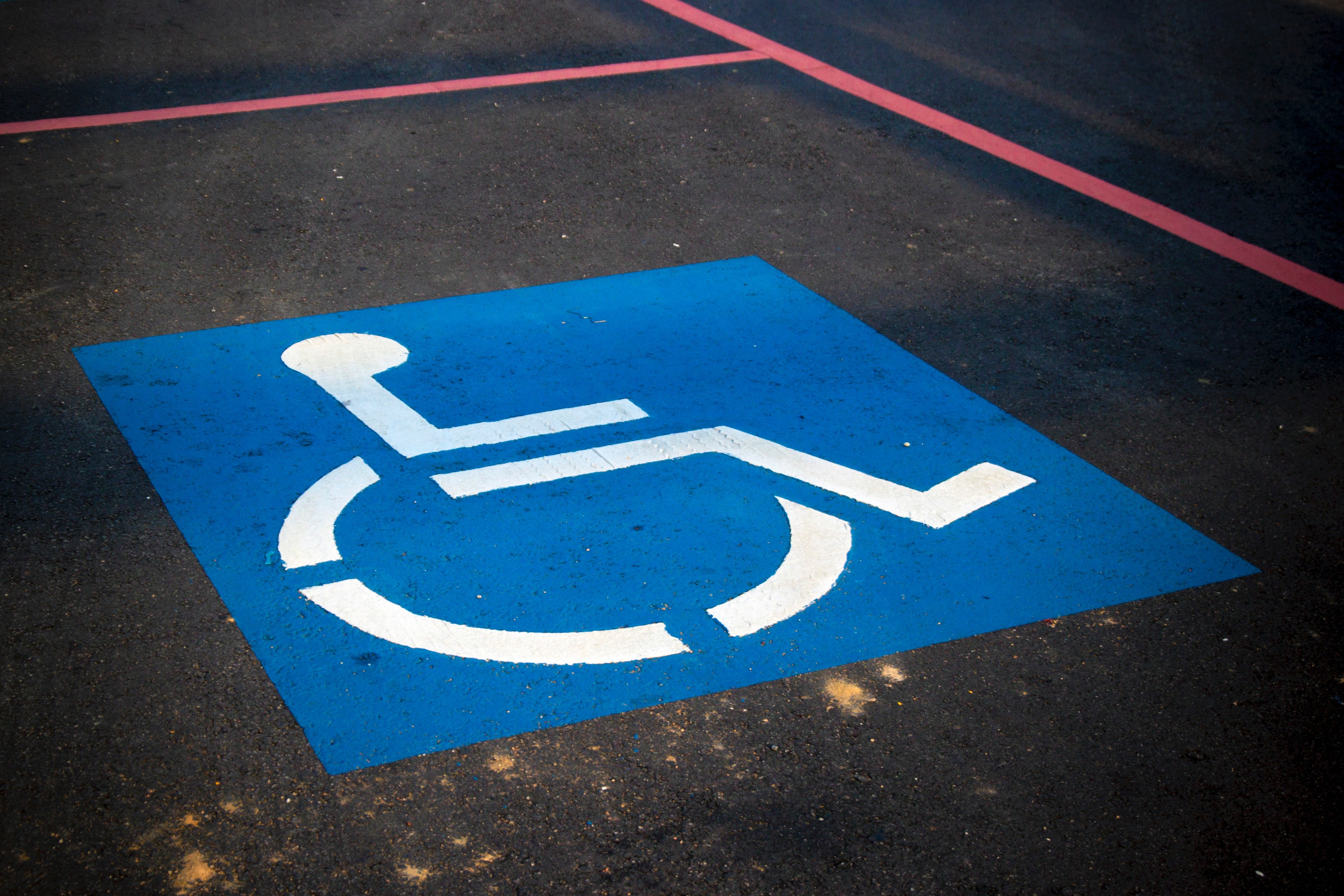As the world has become increasingly more digital, many more people are now turning to the web to access a range of different resources and services, and in particular, entertainment and education. It is important therefore that websites are inclusive and accessible for all, meaning that website designers need to cater for people with a range of different needs and disabilities, such as audio-visual needs and motor or cognitive impairments.
Defining Online Accessibility
If a website is accessible, this means it can be accessed by any individual regardless of injury or disability. Any user should be able to engage with all key information and functionality on a website without any limitations. Websites should aim to address the whole spectrum of potential user needs and disabilities including:
- Audio-visual impairments
- Speech impairments
- Neurological issues
- Physical disabilities, often motor skill related
- Cognitive impairments and dementia
Why should websites be made accessible?
People are turning to the web now more than ever to improve their personal and professional lives, from looking up home DIY methods to studying for a test or filling in an application form. If an online space is accessible, this means that anyone with a disability can access the information and communication technologies that they need.
Online accessibility is even required by law in certain circumstances. This is according to the United Nations Convention on the Rights of Persons with Disabilities, which states that access to the web is a basic human right.
The W3C Web Accessibility Initiative prescribes standards that are upheld internationally which outline technical specifications, guidelines, techniques and supporting resources for online accessibility.
If web design is accessible, this makes it much easier for anyone to understand, read and navigate the content of a website, this includes people who are elderly, injured, disabled or even those with a slow internet connection.
Some main considerations for accessible website creation
Once website designers understand the spectrum of user needs and accessibility requirements, making a website accessible is actually quite straight-forward. Below are some of the most important tips for website accessibility.
- Design your website with accessibility in mind
It is easy to integrate accessibility from scratch rather than doing it in retrospect.
- Use well-structured HTML
It is important to be aware that many people with disabilities, and visual impairments, in particular, will use assistive technology such as screen readers. So making sure these technologies are compatible with your website is essential.
- Use color wisely
Certain colors and patterns can be difficult for people with dementia or learning disabilities such as dyslexia to interpret, not to mention being meaningless for color-blind users. So the color should not be depended on to transmit information.
- Provide Transcripts
Providing an alternative way to engage with any audio or video content is an important feature of accessibility.
- Making dynamic pages accessible
Some dynamic page elements that update without a page reload can cause problems for screen readers. These pages should be made accessible by using ARIA and HTML 5.
- Provide keyboard navigation
Your website should be accessible to all users without the need of a mouse so as to cater to those with motor skill impairments.
- Keep it simple
More minimal and simple web design makes accessibility much easier to implement and it will make your website much more user-friendly.
Assessing the accessibility of your website
You can use the above checklist to evaluate how accessible your website is. The W3C has a very comprehensive list of tools that you can use to fine-tune the various aspects of the accessibility of your website once the basic criteria have been met.
Once you are happy and confident that you have met all the expectations, the Website Accessibility Conformance Evaluation Methodology can generate a report of your website’s compliance.
By making your website accessible, not only will you expand your reach to a much wider audience, but you will also contribute towards improving the quality of life for individuals of all abilities.






